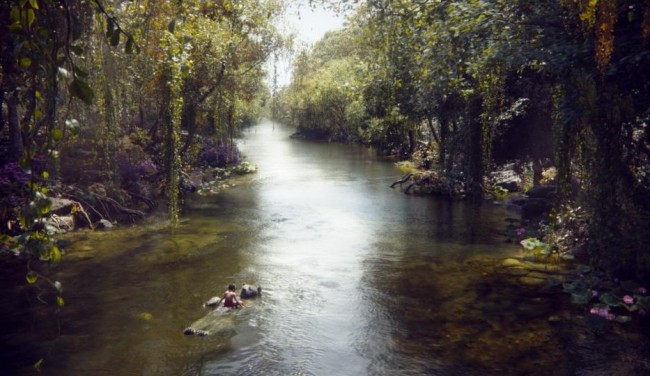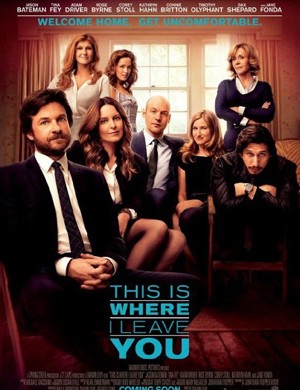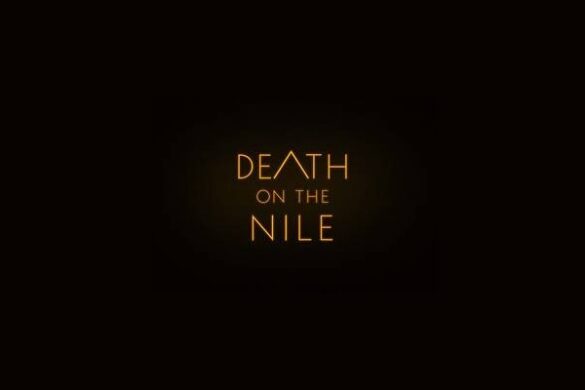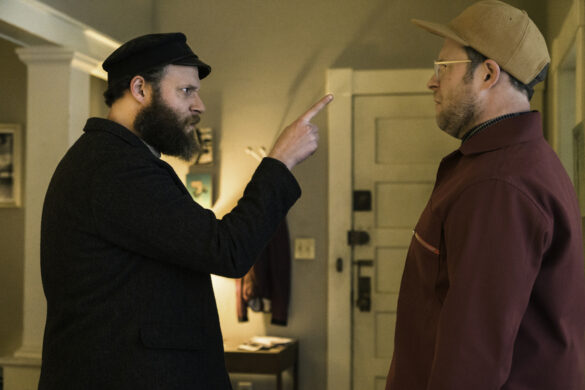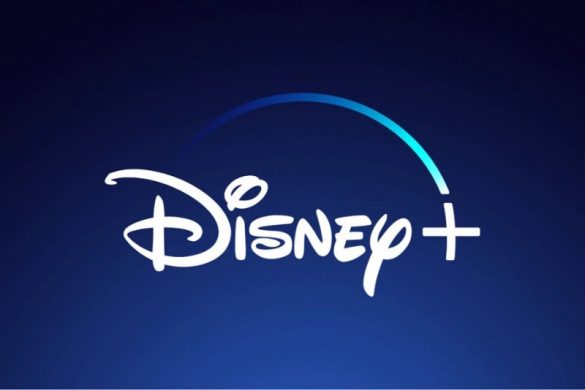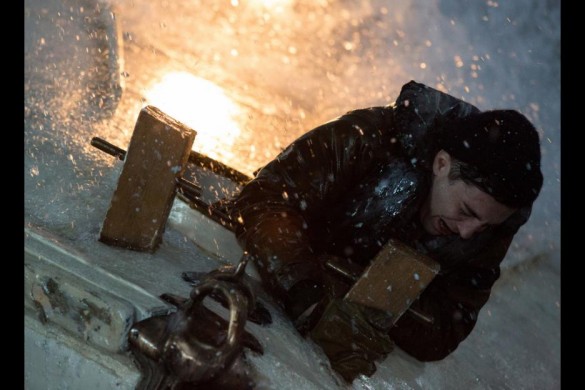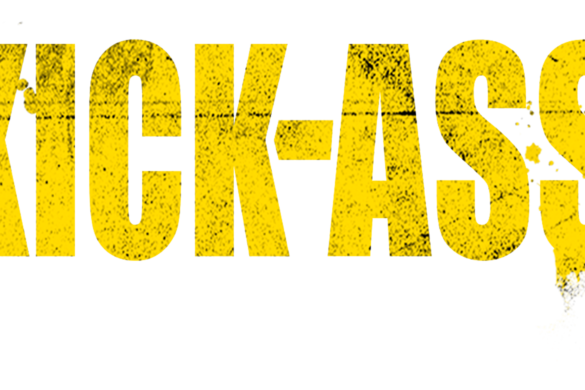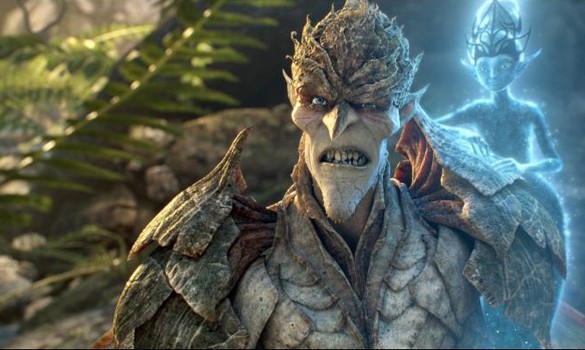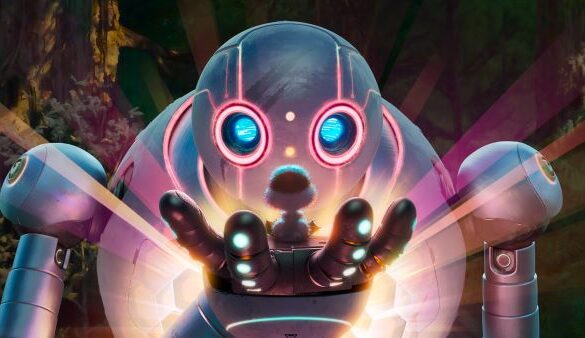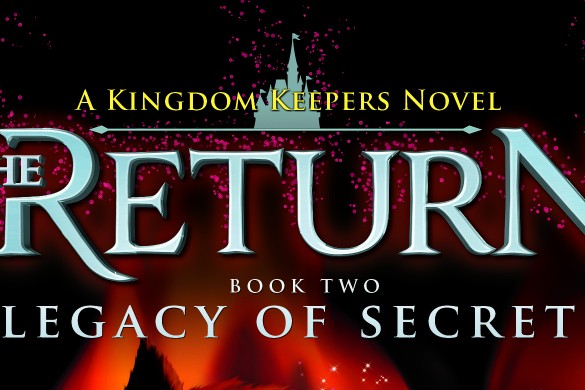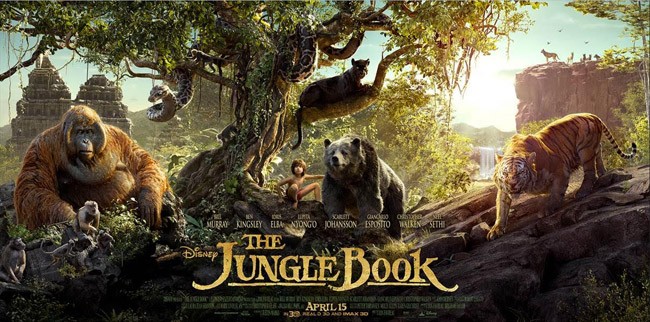
The Jungle Book has been charming families since 1894! This epic coming-to-age story was first introduced by author Rudyard Kipling as a collection of books. From there it was brought to the big screen by visionary Walt Disney in 1967. 49 years later, Jon Favreau, along with the Disney Co., take Mogwali on a cinematic journey like no other with their latest live-action family film of the same name.
Accessing exclusive behind-the-scenes opportunities is one of the biggest reasons I love to blog. I take every chance to learn the magic behind these films. I recently sat in on an exclusive event where Director Jon Favreau spoke passionately about Walt Disney’s vision for The Jungle Book and what it took to bring The Jungle Book to the next level. During Favreau’s presentation we watched exciting clips from the film and what we saw was unbelievable! The jungle setting blew me away!! The environments and the beautiful wild-animals were breathtaking and extremely realistic. Hollywood has a long history with trying to master “talking animals” but for the first time, I think animators have come extremely close to perfecting it. The animals walking along side Mogwali look frighteningly real (in a good way).
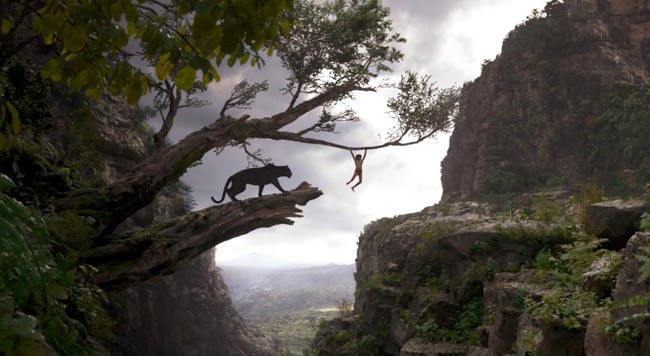
My daughter has never seen The Jungle Book so we’ll have to make sure to watch the cartoon and compare it to the live-action/CGI version.
Here are facts that I learned about the film, Jon Favreau’s involvement and more.
1. Jungle Book is based on Rudyard Kipling’s timeless stories, it is inspired by Disney’s classic animated film, with an approach all its own. “We embrace the mythic qualities of Kipling in the more intense tonal aspects of the film,” says director Jon Favreau, “but we left room for what we remember from the ’67 film, and sought to maintain those charming Disneyesque aspects.”
2. Filmmakers employed up-to-the-minute technology to tell the story in a contemporary and immersive way, blending live-action performances with stunning CG environments and extraordinary photo-real animal characters that artists stylized to elevate the storytelling. “The Jungle Book is a universal coming-of-age story that everyone can relate to,” says producer Brigham Taylor. “Walt told the story through traditional cell animation and now we have the technology to actually bring these characters to life, make them photo-real and put a real kid into the environment in a seamless, believable way. The opportunity to be able to show that with today’s technology was irresistible.”
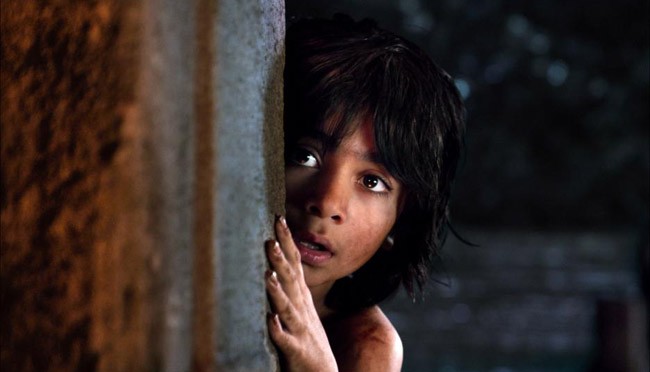
3. Newcomer Neel Sethi stars as the film’s only human character, Mowgli. Sethi, who’s 11 now, was selected from thousands of hopefuls who auditioned as part of an extensive worldwide search. The all-star cast also includes Bill Murray (“Lost in Translation”) as the voice of Baloo, Ben Kingsley (“Learning to Drive,”) as Bagheera, Idris Elba (“Star Trek Beyond”) as Shere Kahn, and Lupita Nyong’o (“12 Years a Slave”) as the voice of mother wolf Raksha. Scarlett Johansson (“Avengers: Age of Ultron”) gives life to Kaa, Giancarlo Esposito (“Breaking Bad”) provides the voice of alpha male wolf Akela, and Christopher Walken (“The Deer Hunter”) lends his iconic voice to King Louie.
4. Favreau shared a moment from his personal life, “The bond between Mowgli and Baloo made a very strong impression on me as a kid,” says Favreau. “It reminded me of my own relationship with my grandfather, who was a big part of my life. I really like that Mowgli is rambunctious, always getting into trouble. He isn’t the standard well-behaved kid, but a bit precocious—a ‘Dennis the Menace’ type. He isn’t intimidated by these big wild animals, in fact, he’s completely at home among them. He’s a tough kid but also very vulnerable emotionally, especially with Baloo.
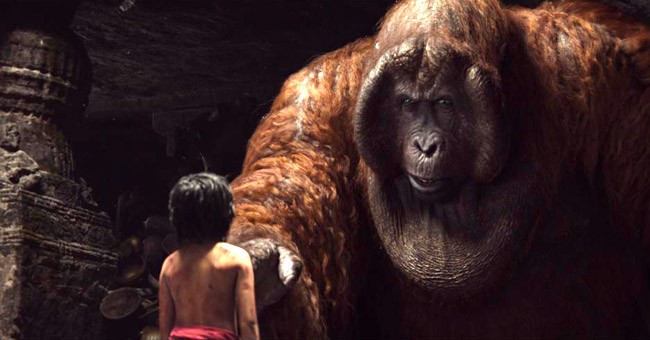
5. Filmmakers didn’t set out to create a beat-by-beat literal remake of the animated film, nor a total return to Kipling’s version. Finding just the right tone for this new version of the story was a fundamental priority. Favreau’s adaptation of “The Jungle Book” draws its inspiration from the beloved Disney animated classic, while still retaining the gravitas and mythology inherent in Rudyard Kipling’s original stories. “We’re loyal to the 4 animated film’s characters,” says Taylor. “And in other ways we’ve taken on some of the realism and tone in Kipling’s stories. We tend to lean towards the characters that are familiar to us as we experienced them in the animated film, but we do mix and match to serve this version of the story.”
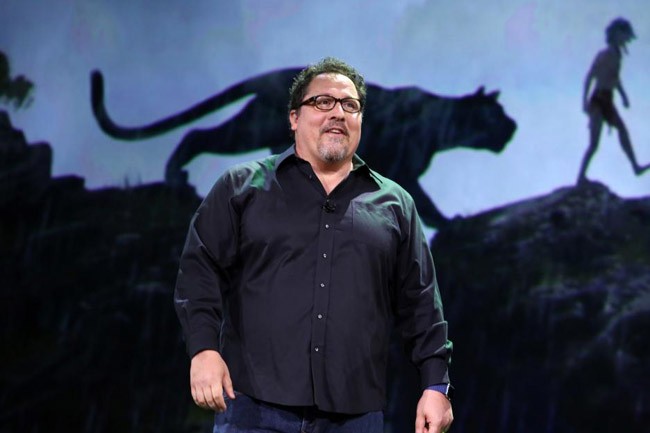
6. According to Favreau, it’s that balance that appeals to viewers of all ages. “As a parent, I’m so grateful when there’s a film that’s appropriate for my kids see but doesn’t talk down to them. Kids can keep up with sophisticated storytelling. Walt’s dream was always to pull families together but not necessarily in the most obvious or predictable way.”
7. How can we create a world? How can we use this technology, these storytelling tools to their fullest potential? We take the best of the photo-real animation process, the best motion-capture techniques and the best of live-action shooting and combine these three things in a way that that nobody’s done before. We discovered that we could use cutting-edge technology to create something that appears completely realistic and organic to the audience.” Favreau
8. In lieu of matching CG environments to an actual jungle, filmmakers decided to build an almost entirely digital jungle. “We found we were able to exaggerate and enhance certain elements like scale,” says Favreau. “We can take foliage from India’s jungles and heighten certain colors. But it’s all rooted in reality.”
The Jungle Book is in theaters on April 15!

